Chronic Obstructive Pulmonary Disease (COPD)
Revitalize Your Breathing and Empower Your Lungs
COPD (Chronic Obstructive Pulmonary Disease) is a condition that affects the breathing and productivity of many individuals worldwide. Traditional treatments for COPD have often focused on managing symptoms and slowing disease progression. Still, they may fall short of providing substantial relief and improving lung function.
While traditional treatments for COPD, such as bronchodilators, inhaled corticosteroids, and oxygen therapy, have provided some relief for patients, they often focus on managing symptoms rather than addressing the underlying cause of the disease. As a result, individuals with COPD may find themselves in a cycle of ongoing medication use and symptom management.
The field of restorative medicine presents a groundbreaking approach to COPD treatment. This innovative approach aims to harness the body’s natural healing abilities to promote tissue repair and restorative in the lungs, potentially reversing the damage caused by COPD and restoring lung function.
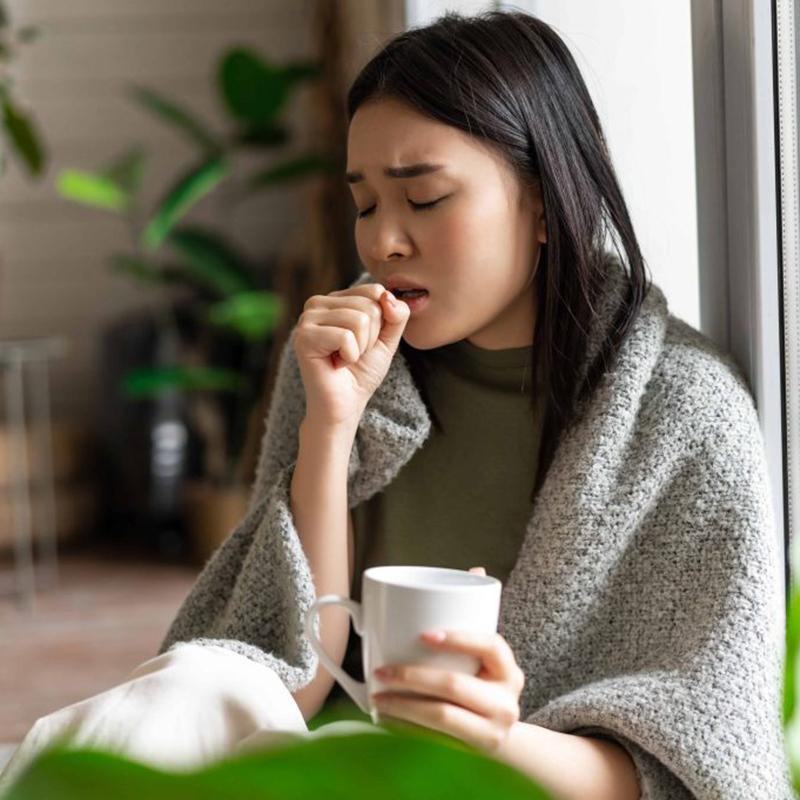
What are the Most Common Causes of COPD?

Smoking
The harmful chemicals in tobacco smoke gradually damage the lungs, leading to inflammation, airway narrowing, and lung tissue destruction. Quitting smoking is crucial in managing COPD, as continued exposure to smoke can hinder the effectiveness of regenerative medicine treatments.

Air Pollution
Inhaled pollutants irritate the airways, causing inflammation and oxidative stress, which gradually lead to lung damage. Minimizing exposure to air pollution is important, and regenerative medicine can play a role in repairing the damage caused by these environmental factors.

Asthma
Inhaled pollutants irritate the airways, causing inflammation and oxidative stress, which gradually lead to lung damage. Minimizing exposure to air pollution is important, and regenerative medicine can play a role in repairing the damage caused by these environmental factors.

Genetics
In this condition, the lack of a specific protein impairs the lungs' ability to protect against tissue damage. Regenerative medicine research explores potential treatments that aim to restore the function of the deficient protein or enhance lung tissue repair.

Genetics
In this condition, the lack of a specific protein impairs the lungs' ability to protect against tissue damage. Regenerative medicine research explores potential treatments that aim to restore the function of the deficient protein or enhance lung tissue repair.

Smoking
The harmful chemicals in tobacco smoke gradually damage the lungs, leading to inflammation, airway narrowing, and lung tissue destruction. Quitting smoking is crucial in managing COPD, as continued exposure to smoke can hinder the effectiveness of restorative medicine treatments.

Air Pollution
Inhaled pollutants irritate the airways, causing inflammation and oxidative stress, which gradually lead to lung damage. Minimizing exposure to air pollution is important, and restorative medicine can play a role in repairing the damage caused by these environmental factors.

Asthma
Inhaled pollutants irritate the airways, causing inflammation and oxidative stress, which gradually lead to lung damage. Minimizing exposure to air pollution is important, and restorative medicine can play a role in repairing the damage caused by these environmental factors.

Genetics
In this condition, the lack of a specific protein impairs the lungs' ability to protect against tissue damage. Restorative medicine research explores potential treatments that aim to restore the function of the deficient protein or enhance lung tissue repair.

Occupational Exposure
Occupations such as mining, construction, and manufacturing often involve exposure to hazardous substances that can damage the lungs over time. Preventing exposure to these harmful agents and utilizing restorative medicine therapies may help repair lung damage caused by occupational hazards.
Benefits of Restorative Medicine for COPD
Natural Healing
One of the significant advantages of restorative medicine is its focus on harnessing the body's natural healing mechanisms. Instead of relying on external interventions, restorative treatments aim to stimulate the body's inherent ability to repair and restore damaged tissues. By utilizing platelet-rich plasma derived from the patient's own body, restorative medicine promotes a more natural healing process.
Minimal Invasiveness
Unlike surgical procedures, restorative medicine treatments are typically minimally invasive. They involve targeted injections or therapies that can be performed on an outpatient basis, reducing the need for extensive incisions or hospital stays. This not only minimizes the risks and complications associated with invasive surgery but also allows for quicker recovery times and less post-procedural discomfort.
Targeting the Root Cause
Traditional approaches often focus on managing symptoms rather than addressing the root cause of back pain. In contrast, restorative medicine targets the underlying issues contributing to the pain. Whether it's degenerated discs, arthritic joints, or strained muscles, restorative treatments aim to promote tissue repair, reduce inflammation, and address the core problem. By targeting the root cause, restorative medicine offers the potential for long-term pain relief and improved functionality.
Personalized Treatment Plans
Restorative medicine for COPD embraces a personalized treatment approach. Each individual's COPD is unique, and restorative treatments can be tailored to address their needs and conditions.
Potential for Avoiding or Reducing Reliance on Medication
While medication can play a role in managing COPD symptoms, long-term medication use may have associated side effects and limitations. Restorative medicine offers an alternative approach that may potentially reduce the need for long-term medication reliance.
Treatment Process and Safety
Initial Evaluation
The first step in receiving restorative medicine treatments for COPD is thoroughly evaluating your condition. During this evaluation, our medical team will review your medical history, perform a physical examination, and may request additional diagnostic tests such as pulmonary function tests or imaging studies.
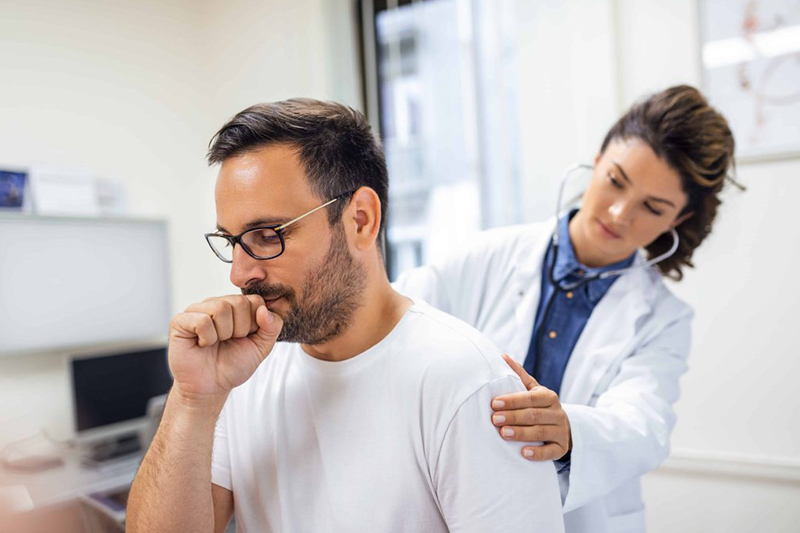
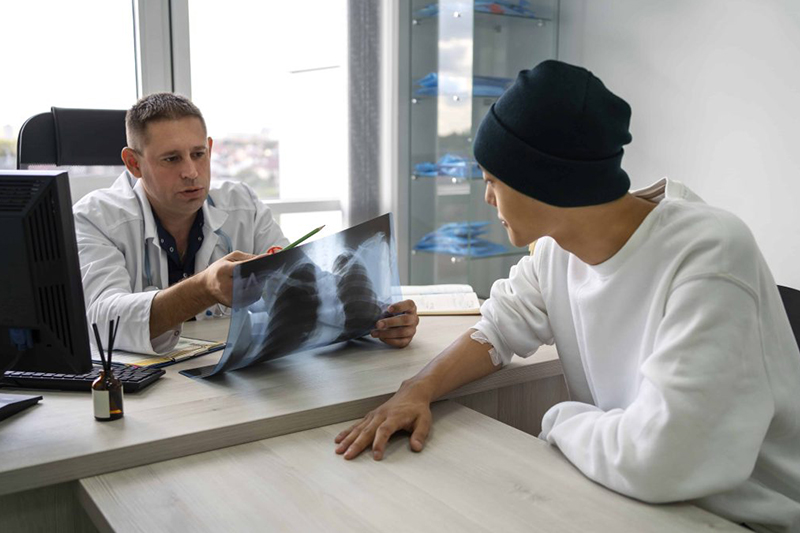
Treatment Planning
Our healthcare professionals will develop a personalized treatment plan tailored to your specific needs based on the evaluation results. This plan will outline the recommended restorative medicine treatments, such as PRP injections or prolotherapy, and detail the anticipated benefits and potential risks associated with each treatment option.
Procedure
Once you are ready to proceed with the restorative medicine treatment, the procedure will be performed by our skilled medical professionals. The specific details of the procedure will depend on the chosen treatment option.
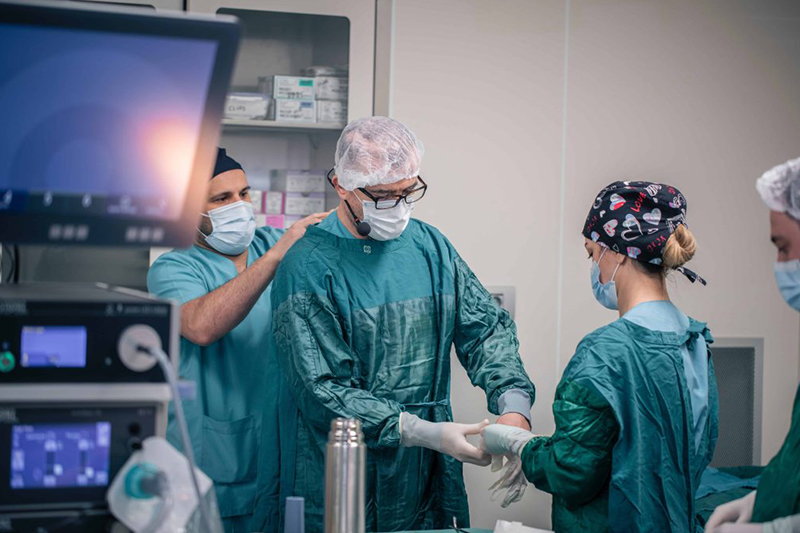
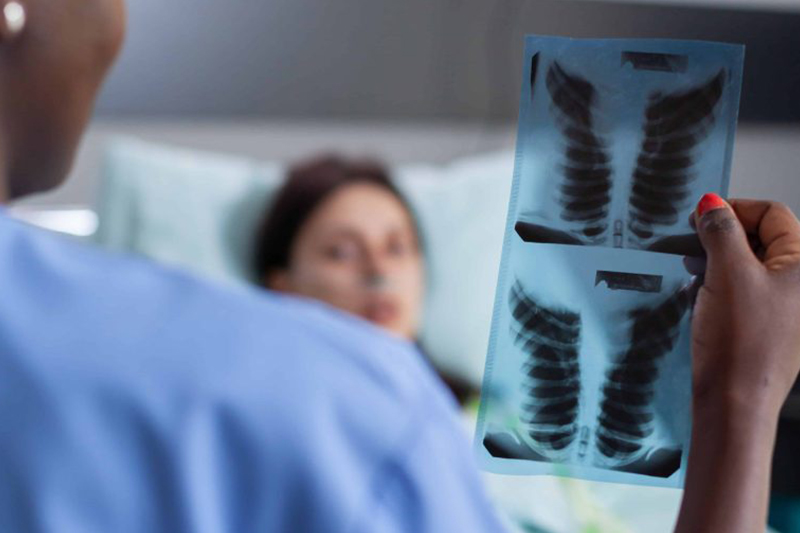
Post-Treatment Care and Follow-Up
Our team will provide post-treatment care instructions after the restorative medicine treatment. This may include recommendations for activity restrictions, medication management, and any necessary follow-up appointments. We encourage open communication, and our healthcare professionals will be available to address any concerns or questions you may have during your recovery and beyond.
Contact Us Today
Are you tired of struggling with COPD and its limitations? Don’t let it hold you back any longer. At Vibrant Health Care, we offer innovative restorative medicine solutions that can help you breathe easier and live a fuller life.
If you’re seeking more information about our restorative medicine solutions, we’re here to provide the answers you need. Request more information from our knowledgeable team, and we’ll gladly address your questions and concerns and help you understand how our treatments can make a difference in your life.

